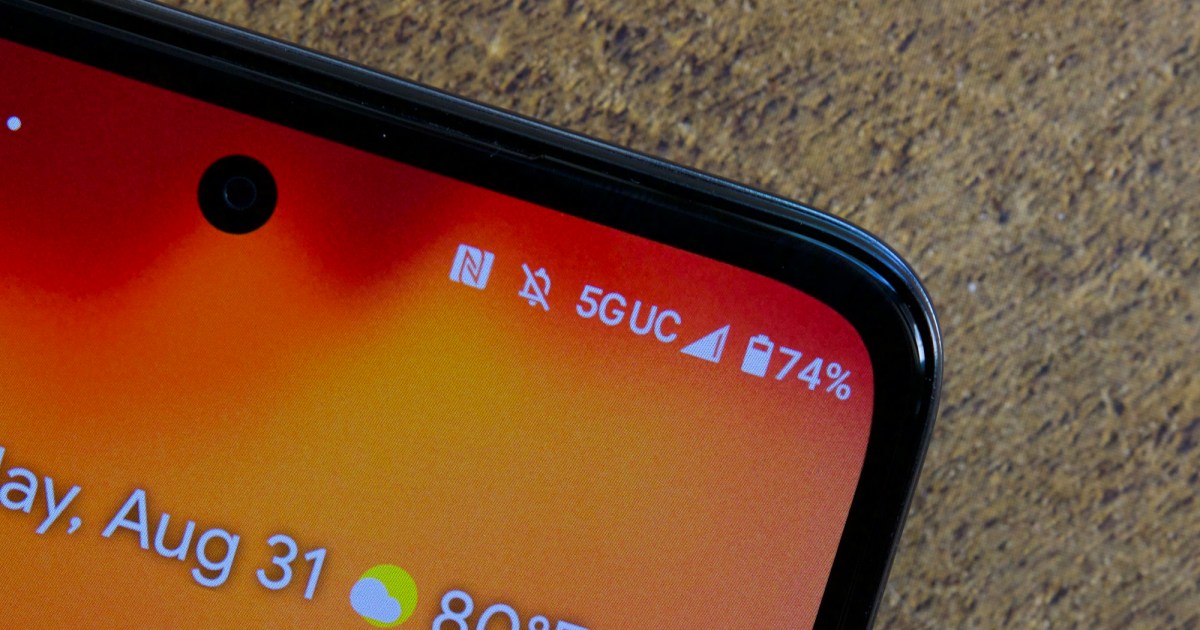If you’re wondering what 5G UC means at the top of your phone, you aren’t alone. To put it simply, 5G UC is T-Mobile’s “Ultra Capacity” 5G network. In other words, seeing this means that you are on T-Mobile’s 5G network. At the same time, you may have also heard of 5G UW, a similar network protocol from Verizon.
Ultimately, being on the 5G UC network should mean you are receiving some of the best speeds possible. But, if you don’t have a solid grasp of what 5G is and how these networks operate, you may not get the most out of your phone. Here’s what you need to know about the 5G UC icon and how to use it best to benefit you.
T-Mobile’s 5G UC
T-Mobile was the first carrier to boast 5G coverage in all 50 U.S. states, but it accomplished this by using low-band 600MHz frequencies, which reach far and wide but don’t offer a lot of bandwidth compared to older 4G/LTE technologies. Still, that turned out to be a smart choice, as T-Mobile was able to light up the 5G icon on many more of its customers’ smartphones.
However, as the potential for 5G to revolutionize global communications became more apparent, the FCC began to reallocate and open up some new midrange spectrum capable of handling more 5G traffic and delivering faster speeds. This started a new turf war between the carriers. They not only had to bid to get their hands on the new spectrum but also had to deploy it more quickly to beat out their rivals in building better 5G services in hopes of attracting more customers. This led to each carrier developing its own brand of enhanced 5G. T-Mobile called their enhanced network 5G Ultra Capacity (5G UC), which is why you see the symbol on your smart phone today.
So, exactly what is 5G UC?
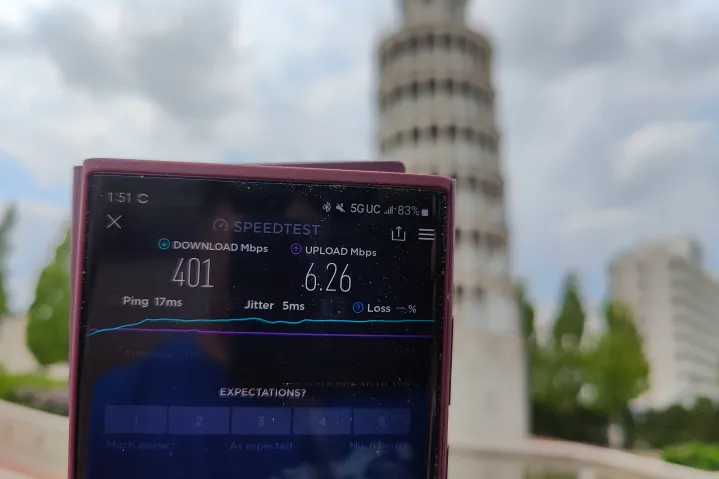
5G Ultra Capacity is T-Mobile’s brand name for its mid-band and high-band 5G network, which mostly runs on 2.5GHz frequencies, with 24–39GHz used for extra capacity in some denser areas. This differs from T-Mobile’s Extended Range 5G, which runs exclusively on the lowest 600MHz frequencies.
This enhanced 5G service is represented on most smartphones by a “5G UC” icon, although that’s not always the case; since the mobile phone’s operating system has to support the icon, you may not see it if you’re using an older iPhone or Android device. If your phone does support the 5G UC icon, then an unadorned 5G icon indicates you’re using the slower Extended Range 5G.
This enhanced 5G service is represented on most smartphones by a “5G UC” icon.
T-Mobile’s enhanced 5G branding also came later than its rivals. While Verizon began offering up a 5G UW icon with the release of the first 5G-capable iPhone lineup in late 2020, T-Mobile didn’t offer its custom icon until a year later, starting with iOS 15 in September 2021 and later expanding to other smartphones as Android updates rolled out with the new icon.
Note that T-Mobile’s 5G Ultra Capacity network began much earlier; it just took longer to add a custom icon for it. Even before September 2021, many T-Mobile customers were still taking advantage of enhanced 5G services — they just didn’t have a special icon to show it.
Some of the carriers also have brand names for their lower-band non-enhanced 5G services: Verizon’s is 5G Nationwide, while T-Mobile uses “5G Extended Range.” Only AT&T uses plain “5G,” which fits since its enhanced network is called “5G Plus.”
A mix of mid-range and C-band
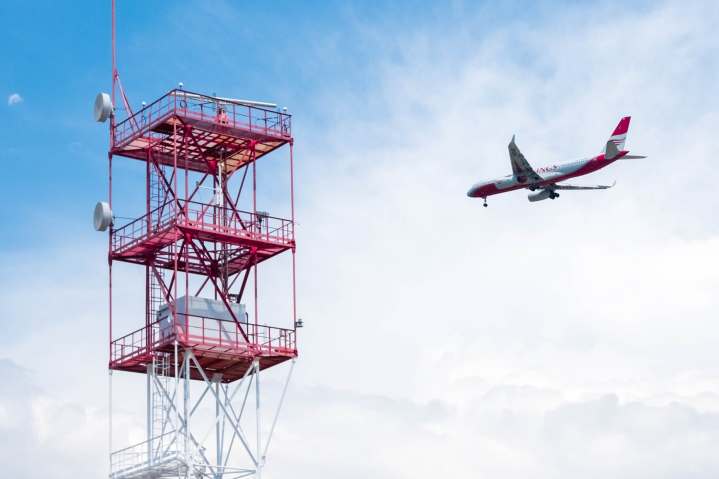
Although the carriers each use unique brands for their enhanced 5G services, they all mean essentially the same thing. When they appear, they indicate your device is using the faster mid-band and high-band 5G frequencies.
What’s somewhat ironic is that T-Mobile’s 5G UC branding came so much later than Verizon’s and AT&T’s, as T-Mobile had a healthy head start over its rivals; its mid-band 5G network was in place well over a year before the others could even switch on their first mid-band 5G towers. Thanks to its 2020 merger with Sprint, it was able to score licenses for the 2.5GHz spectrum the other carrier had used for its 4G/LTE deployments and some of its early 5G networks. T-Mobile wasted no time decommissioning these Sprint towers and repurposing that spectrum; it officially launched its 5G Ultra Capacity network in Philadelphia only three weeks after the merger closed.
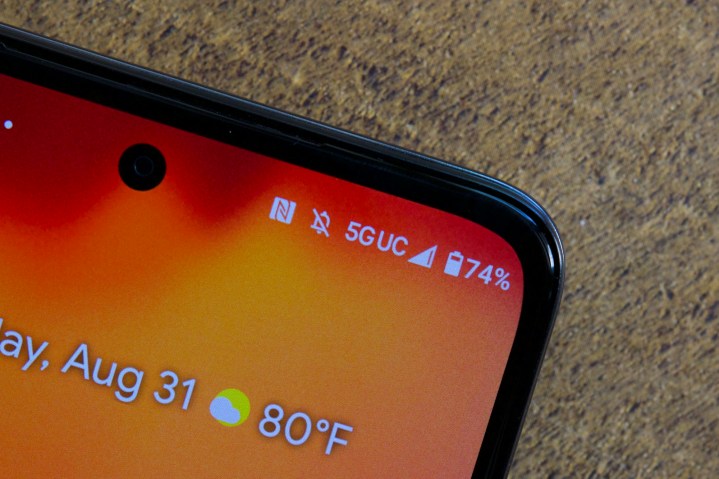
While 5G Ultra Capacity still runs primarily on the 2.5GHz frequencies, it also includes some higher mmWave frequencies in the mix, specifically bands n258, n260, and n261, which cover 24GHz, 39GHz, and 28GHz, respectively.

However, unlike Verizon, T-Mobile uses these mainly to provide coverage in venues like stadiums, concert halls, and airports where large numbers of subscribers are more likely to congregate. For T-Mobile, mmWave is about capacity, not speed; the carrier has more creative ways of achieving multi-gigabit speeds using longer-range mid-band frequencies.
T-Mobile also paid $9.3 billion to acquire some 3.7GHz C-band spectrum in the 2021 auction. This hasn’t gone live yet, but the carrier plans to use this additional spectrum to enhance its primary 2.5GHz coverage in denser population centers since the higher frequencies offer more capacity without sacrificing too much range.
More recently, the carrier has also repurposed some older 1.9GHz PCS spectrum for its 5G UC network. These frequencies were used for 2G and 3G services by T-Mobile’s predecessor, VoiceStream Wireless PCS, and had been maintained for backward compatibility. However, as we bid farewell to the last 3G networks, these frequencies are getting freed up for 5G use.
Today, T-Mobile boasts Ultra Capacity 5G coverage for over 260 million people — over 75% of the U.S. population. The carrier plans to expand that to 300 million by the end of 2023.
5G UC vs 5G UW
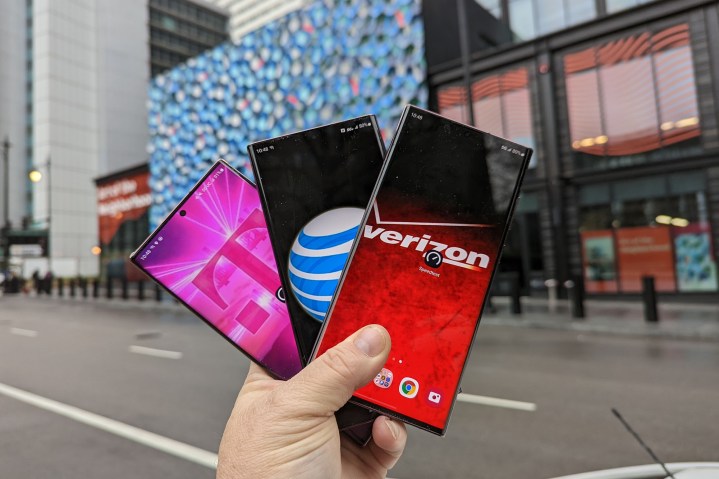
The above numbers mean that T-Mobile’s customers are much more likely to see a 5G UC icon on their phones than Verizon and AT&T customers.
AT&T has taken a considerably slower and more conservative approach, rolling out its 5G Plus service to only a handful of cities. It seems AT&T may simply be biding its time; while it dropped $23 billion in the initial 2021 C-band auction, it also grabbed a less controversial slice of the pie: 40MHz of spectrum in the 3.45–3.55GHz range that won’t make the aviation industry nervous. It’s expected to begin taking advantage of that sometime this year.
Nevertheless, T-Mobile still has a massive lead, thanks to its two-year head start and aggressive stance on deploying 5G services. To be clear, it’s not that T-Mobile’s network offers inherently faster performance — you’re likely to find your download speeds the same whether you’re on T-Mobile’s 5G UC or Verizon’s 5G UW — but rather that T-Mobile has four times the coverage.
Statistically, this pushes the carrier’s scores up dramatically when it comes to average download speeds across the nation — it’s the leading carrier by a healthy margin in 46 states. However, there’s more to this than just statistics; T-Mobile customers are much more likely to stay on the carrier’s 5G UC network and thereby enjoy these fastest 5G speeds much more often than those on Verizon and AT&T.
Editors’ Recommendations

